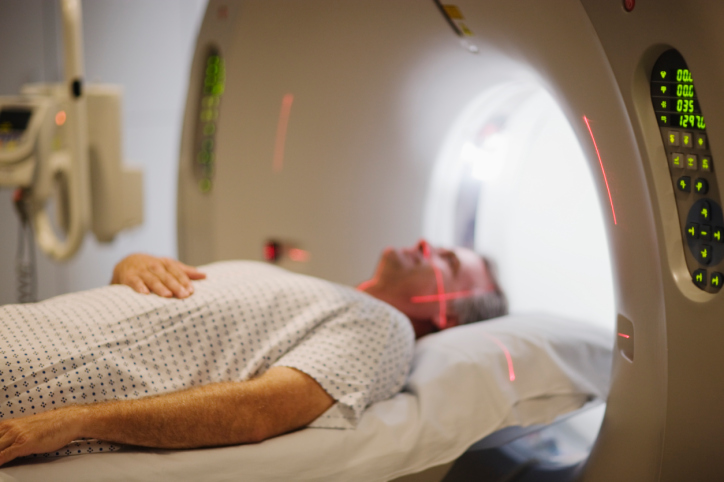How Medical Machines are Changing

Technology tries to keep up with science in the medical field. That is, as science searches for how to define particular diseases, what to look for, and how to cure them, technology must find new ways to look for those diseases and how to recognize that they might be present in a patient. For a long time, the only way to really know what was happening inside a patient’s body was to open it up surgically and look. Our culture privileges sight, and doctors have a difficult time knowing what’s causing something without being able to see it. But having to perform surgery for an accurate diagnosis is very invasive.
These days, we have several imaging devices that serve as diagnostic tools, from CT scans to PET scans and ultrasounds. These machines offer a glimpse of what’s happening inside without initially having to subject the patient to anesthetic and surgery.
Now, the medical field is working on other diagnostic and healing methods. It may not be far off in the future that we’re able to have little robots function as our own blood cells would– tiny robots that can help fight bacteria in our bodies. The medical field is also working on using robotics to train surgeons in highly skilled ways. The robotic “flight simulator” is designed to help surgeons hone their fine skilled craft and deepen their skills through observation, practice, and simulated experience. Technology here is utilizing something that could be used for a video game (yet it’s more highly crafted) and making it possible for surgeons to better prepare.
As the shape, size, use, and invention of machines in the medical field evolve, so does our ability to ship them with safety and knowledgeable care. We keep up on the latest technologies in order to prepare for what we’ll be shipping.


